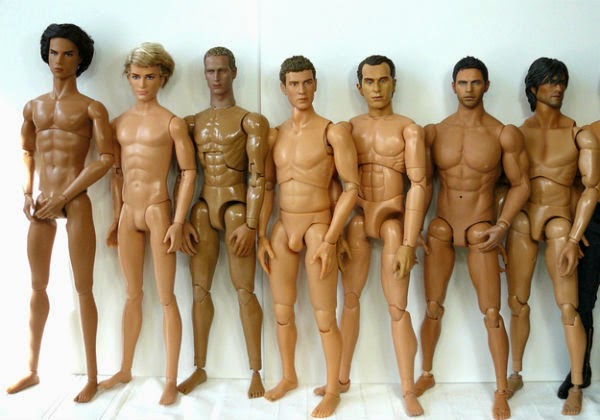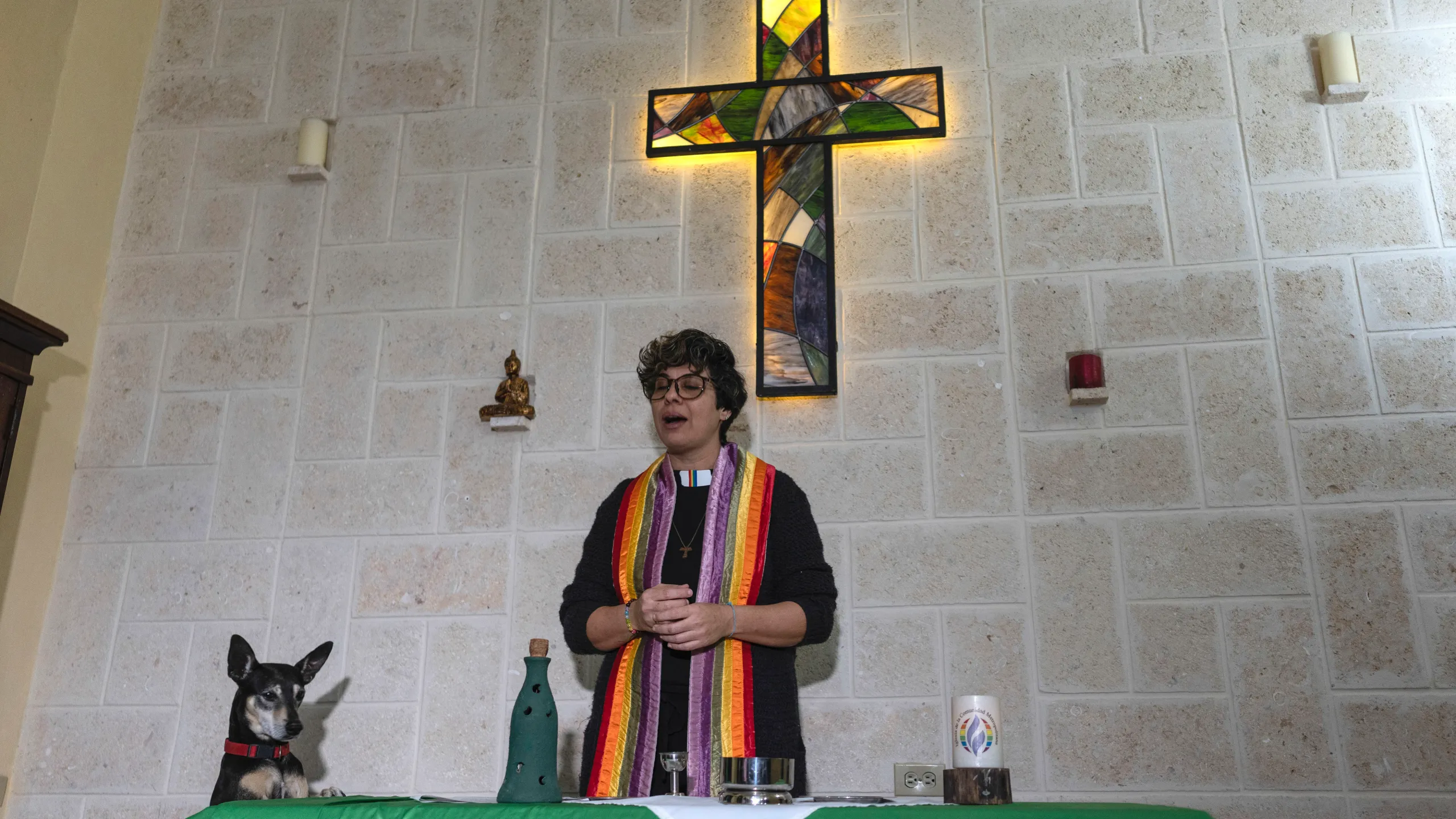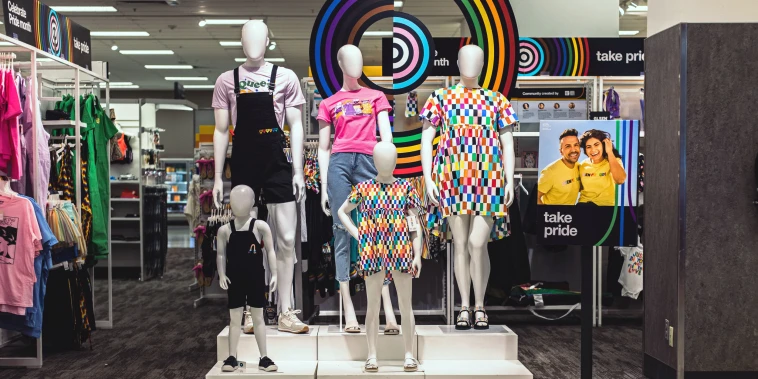A host of social, cultural, and financial factors are keeping young people at high risk of contracting HIV. In the age of PrEP, it’s alarming that young gay and bisexual men ages 25 to 34 had the highest number of new HIV diagnosis in 2016, more than any other age bracket, according to the Centers […]
A host of social, cultural, and financial factors are keeping young people at high risk of contracting HIV.
In the age of PrEP, it’s alarming that young gay and bisexual men ages 25 to 34 had the highest number of new HIV diagnosis in 2016, more than any other age bracket, according to the Centers for Disease Control (CDC).
Within this grouping, Hispanic/Latino and African American populations are disproportionately affected compared to the white population. Furthermore, millennials are reported to have less sex than Gen Xers, though stats suggest that the sex may be riskier. On World AIDS Day, these insights compel us to ask: Are sexually active gay and bisexual millennial men indifferent about HIV?
“Based on the work that we do and what we experience with our clients, we don’t find that to be true,” says Melvin Bruce, Director of Community Health at GMHC. “What we find is that it’s so many other social and cultural factors that [the community is] dealing with on a regular basis—HIV, most of the time, isn’t their first concern because they’re worried about how they’re going to eat tonight or where they’re going to stay.” This is especially true for queer people of color, who are at higher risk of homelessness and poverty.

According to Susan Scheer, Director of the HIV Surveillance Section at the San Francisco Department of Public Health, there are other factors to consider.
“If they are living with HIV, then insurance is a huge thing,” she says, stressing the importance of young people having good, low-barrier medical coverage so that accessing treatment isn’t a hassle.
“I think it also can be a bit more burdensome for people who are young and maybe don’t have as great medical insurance as somebody who’s been working in their job for 20 years,” she continues.
Less than 39% of young people living with HIV are virally suppressed through treatment—that’s 10% lower than the national average. For people living with HIV, being virally suppressed not only allows them to live a healthier life, but when they achieve an undetectable viral load for at least six months, it’s impossible for them to transmit the virus. Subsequently, having fewer barriers to treatment can reduce transmission rates.
A lack of insurance can inhibit PrEP access, too. There are 1.2 million high-risk people in the U.S. who could benefit from a drug like PrEP, but only an estimated 136,000 take it. It’s not impossible to get PrEP without insurance, but demand for easier access is undeniable, as only 16% of men who have sex with men use condoms consistently.
There are a number of non-financial barriers standing in the way of PrEP access. Stigma is a primary reason, which not only affects PrEP access, but access to treatment, as well. It also influences whether people get tested for HIV. Twenty-nine percent of people living with HIV aged 25 to 34 are undiagnosed, meaning they haven’t been tested and are unaware of their status. This is particularly concerning, as nine out of 10 HIV infections are transmitted by people who are undiagnosed or who aren’t in care.

Low self-perceived risk and a lack of comprehensive sex education in some states could also influence these numbers. Additionally, there’s the challenge of accessing treatment for those who are living in rural or remote regions.
What innovations are addressing these issues? Telemedicine services like PlushCare allow patients to get a prescription for PrEP from the comfort of their homes, and see a doctor virtually through their smartphones or computer. This not only makes access easier for rural residents, but eliminates the stigma associated with going into an actual clinic (though lab work still needs to be done in person).
eTest, available later this year in select cities, will automatically connect people who are using Bluetooth HIV self-test kits with live support to discuss their results usually within an hour of their test so they won’t be alone in the event of a positive result. It was also found that those who used eTest were more likely to receive referrals for PrEP, obtain things like condoms and lubricant, and get advice on how to reduce their risk of HIV compared to those using a regular self-test kit.
Millennials are known for being tech-savvy, so it’d be reasonable to assume they’d be earlier adopters of these innovations—but maybe not. According to Bruce, a lot of the youth they see at GMHC may have a phone but not a phone plan; and they may depend solely on free WiFi. Poverty, again, remains a key barrier.
Though GMHC offers mental health and substance counseling through their clinics, as well as testing centers, Bruce explains that if a person’s “self-worth and value” are not being considered, he doesn’t think there’s going to be much progress.
“If we’re not addressing these core issues that a person is dealing with on an everyday basis—how they feel about themselves, their place in society—I think that we’re always going to be at a standstill.”
Check out the original story here: NewNowNext.





